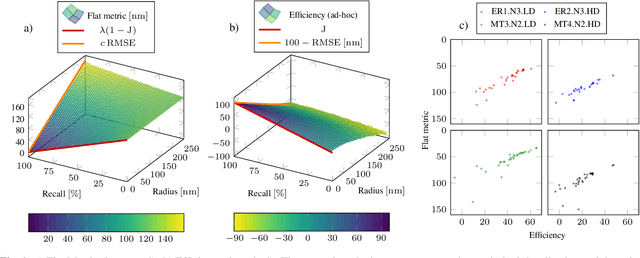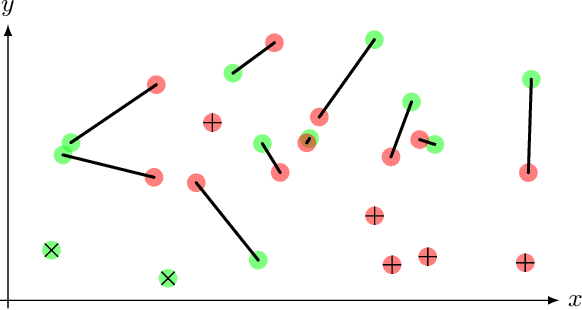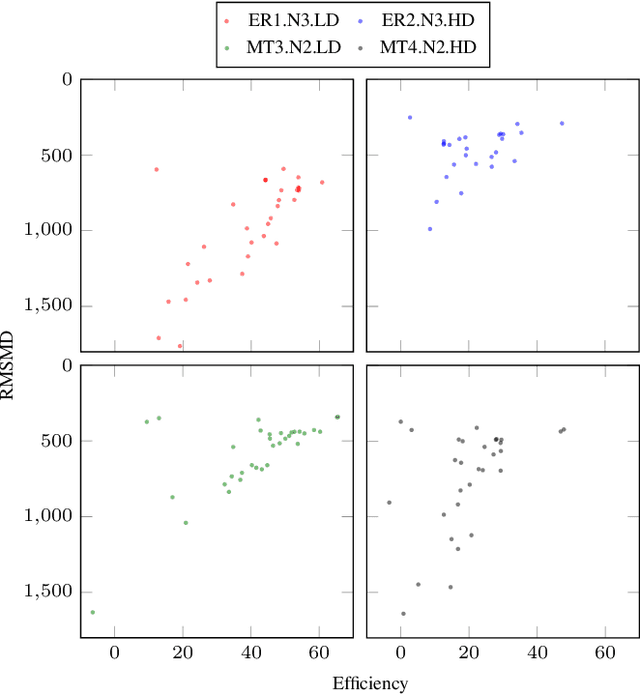Quentin Denoyelle
TV-based Spline Reconstruction with Fourier Measurements: Uniqueness and Convergence of Grid-Based Methods
Feb 10, 2022


Abstract:We study the problem of recovering piecewise-polynomial periodic functions from their low-frequency information. This means that we only have access to possibly corrupted versions of the Fourier samples of the ground truth up to a maximum cutoff frequency $K_c$. The reconstruction task is specified as an optimization problem with total-variation (TV) regularization (in the sense of measures) involving the $M$-th order derivative regularization operator $\mathrm{L} = \mathrm{D}^M$. The order $M \geq 1$ determines the degree of the reconstructed piecewise polynomial spline, whereas the TV regularization norm, which is known to promote sparsity, guarantees a small number of pieces. We show that the solution of our optimization problem is always unique, which, to the best of our knowledge, is a first for TV-based problems. Moreover, we show that this solution is a periodic spline matched to the regularization operator $\mathrm{L}$ whose number of knots is upper-bounded by $2 K_c$. We then consider the grid-based discretization of our optimization problem in the space of uniform $\mathrm{L}$-splines. On the theoretical side, we show that any sequence of solutions of the discretized problem converges uniformly to the unique solution of the gridless problem as the grid size vanishes. Finally, on the algorithmic side, we propose a B-spline-based algorithm to solve the grid-based problem, and we demonstrate its numerical feasibility experimentally. On both of these aspects, we leverage the uniqueness of the solution of the original problem.
Optimal transport-based metric for SMLM
Oct 26, 2020



Abstract:We propose the use of Flat Metric to assess the performance of reconstruction methods for single-molecule localization microscopy (SMLM)in scenarios where the ground-truth is available. Flat Metric is intimately related to the concept of optimal transport between measures of different mass, providing solid mathematical foundations for SMLM evaluation and integrating both localization and detection performance. In this paper, we introduce the foundations of Flat Metric and validate this measure by applying it to controlled synthetic examples and to data from the SMLM 2016 Challenge.
 Add to Chrome
Add to Chrome Add to Firefox
Add to Firefox Add to Edge
Add to Edge